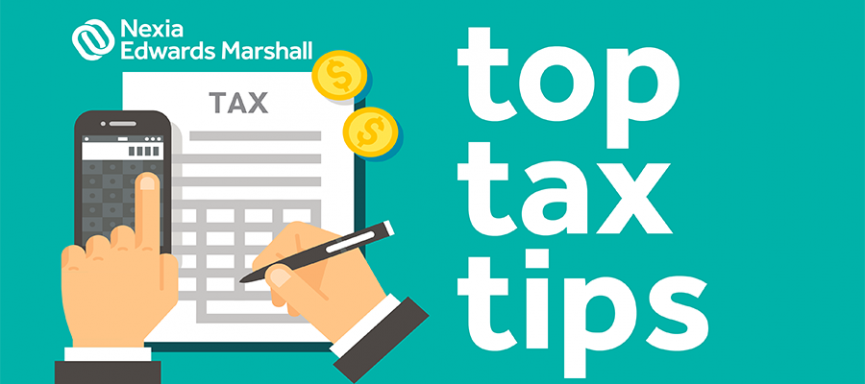We provide clients with many professional and technical services. For a detailed description, please select the relevant service.
Great
News
Oct 31, 2018 / News
Top Tax Tips - 31 October 2018

Proposed changes to Division 7A from 1 July 2019
Division 7A is an anti-avoidance measure that aims to prevent the tax-free distribution of profits from private companies to shareholders or their associates (e.g. relatives of individual shareholders or entities within the same family group of company shareholders).
Specifically, Division 7A targets the following types of transactions often used to try and extract money from companies through:
- loans from a private company to shareholders or associates;
- payments from a private company to shareholders or associates; or
- the forgiveness of debts owed to a private company by shareholders or associates.
Division 7A will deem such distributions to be unfranked dividends (i.e. a shareholder who receives an unfranked dividend is not entitled to receive franking credits – which in effect means that a shareholder in receipt of such a dividend will pay more tax).
Currently, one of the main strategies to either eliminate or minimise the risk of Division 7A from applying is to convert such loans to either a complying:
- 7-year loan (for unsecured loans); or
- 25-year loan (for secured loans).
However, from 1 July 2019, the Government proposes to replace these 2 types of loan arrangements (i.e. 7 or 25 years) with a single 10-year term loan. To ease the conversion to a 10-year loan from 1 July 2019, transitional rules will apply for 7 or 25 year loans that are on complying terms as at 30 June 2019.
If you believe that you may be confronted with a Division 7A problem, or would like us to determine your Division 7A risk profile, please let us know.
We would be happy to perform a financial health check on how you have handled your Division 7A exposure in the past as well as work together with you to implement a workable Division 7A strategy for the future.
Outstanding tax debt? We can help you set up a payment plan
We would strongly encourage any business with current outstanding tax debts to engage with your Nexia representative to ensure outstanding tax debts are paid in a timely and affordable manner. We can assist a business with establishing a payment plan with the ATO to avoid or minimise penalties and late interest charges on outstanding tax debts, or alternatively your Nexia representative can arrange solutions to refinance and restructure your debts, in order to manage your cashflow.
With an ATO payment plan to manage existing debt, you still need to lodge all of your ongoing activity statements and tax returns and the ATO will expect tax liabilities arising from those lodgements to be paid on time.
How can Nexia Edwards Marshall help you?
For any questions or to discuss any of the above in relation to your personal situation, please contact Grantley Stevens or your Nexia Edwards Marshall Adviser.
The material contained in this publication is for general information purposes only and does not constitute professional advice or recommendation from Nexia Edwards Marshall. Regarding any situation or circumstance, specific professional advice should be sought on any particular matter by contacting your Nexia Edwards Marshall Adviser.

